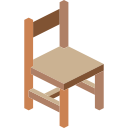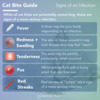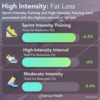Standing Desks and Veins
Standing Desks and Vein Health





Similarly, individuals who were measured after standing and working also had higher pressures in their veins in their legs.






"Combating sedentary behavior in the workplace is a complex and difficult challenge, and standing work postures are often used as an intervention in the workplace. However, this research notes that stationary standing work postures increase discomfort, MAP and blood pooling in the lower limb, when compared to static seated work. Based on these outcomes, recommendations for individuals to use exclusively standing, or high proportions of the work day at a standing workstation, as a means of dealing with sedentary work places or musculoskeletal discomfort should be tempered."
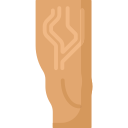
"The blood moves towards the heart by one-way valves in the veins. When the valves become weakened or damaged, blood can collect in the veins. This causes the veins to become enlarged. Sitting or standing for long periods can cause blood to pool in the leg veins, increasing the pressure within the veins. The veins can stretch from the increased pressure. This may weaken the walls of the veins and damage the valves."
Standing Desks and Varicose Veins
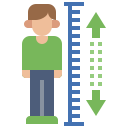






"This prospective study confirms that prolonged standing at work constitutes an excess risk of hospital treatment due to varicose veins and accounts for more than one fifth of all cases of working age."
Conclusion: Are Standing Desks Bad?


